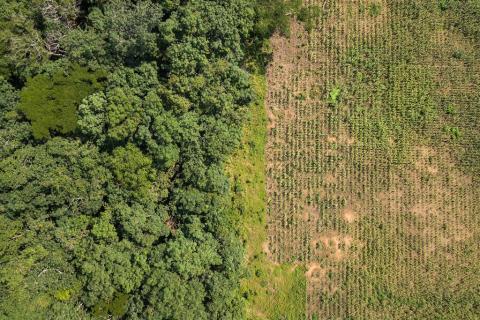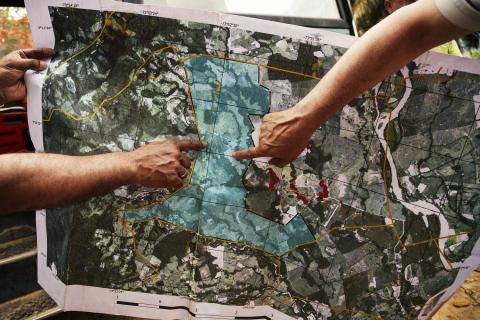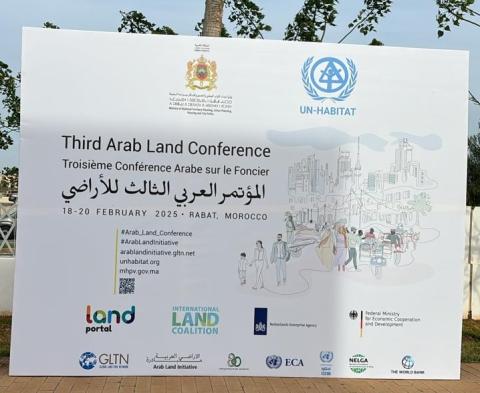Discover hidden stories and unheard voices on land governance issues from around the world. This is where the Land Portal community shares activities, experiences, challenges and successes.
 Follow our
Follow our
Sustainable Development Goals
Blog Series!
Interested in land corruption?
Follow our Land & Corruption Blog Series
for in-depth perspectives from the experts.
Issues
Geographical focus
This blog post from Transparency International and the Land Portal is a small preview of the discussion we're co-organizing at the World Bank Land Conference next month. The focus is on moving from awareness to action with strategies to secure land tenure and access, while scaling up initiatives, investments, and policy reforms for climate change mitigation and adaptation - including tools to monitor transparency and corruption.
Jordan’s 9.1 million people are facing serious environmental challenges. Land degradation due to over- exploitation of vegetation, and unsustainable agriculture and water management practices, have resulted in lack of fodder for livestock and reduced land productivity. This in turn has forced many of the country’s nomadic Bedouin people to abandon pastoralism and move to cities.
Photo: Fungai Nyikadzino in her field where the harsh sun and low rainfall devastated her crops in southern Zimbabawe. She has now received improved seeds and goats from Oxfam and partners in an initiative aimed at improving livelihoods in the arid region. (Picture: Loliwe Phiri / Oxfam)
On this International Day of Forests, we highlight the critical need for meaningful youth participation, particularly from Indigenous, local and Afro-descendant communities. Youth play a crucial role in protecting the world’s forests by offering fresh perspectives, innovative solutions, and a long-term commitment to conservation. Their creativity and urgency are key in addressing the complex challenges facing forests, such as deforestation and climate change.
This blog post is part of the series What to Read.
Videos for English Speakers, with either English audio or subtitles
The Land in Peace Project: Dutch Cooperation on Land Adminsitration in Colombia
Originally published in June 2022 and thoughtfully updated in January 2024, this interactive data story explores the impactful collaboration between Colombian institutions and Dutch cooperation to strengthen land administration as a pillar for lasting peace.
The Third Arab Land Conference, held in Rabat, Morocco from 18-20 February 2025 opened an avenue of possibilities for improving policies and practices to govern land in the Arab world. From the launch of several groundbreaking initiatives to empowering women and youth, and fostering data transparency and academic excellence, the event showcased commitments and collaborative work shaping the future of land governance in the region.









